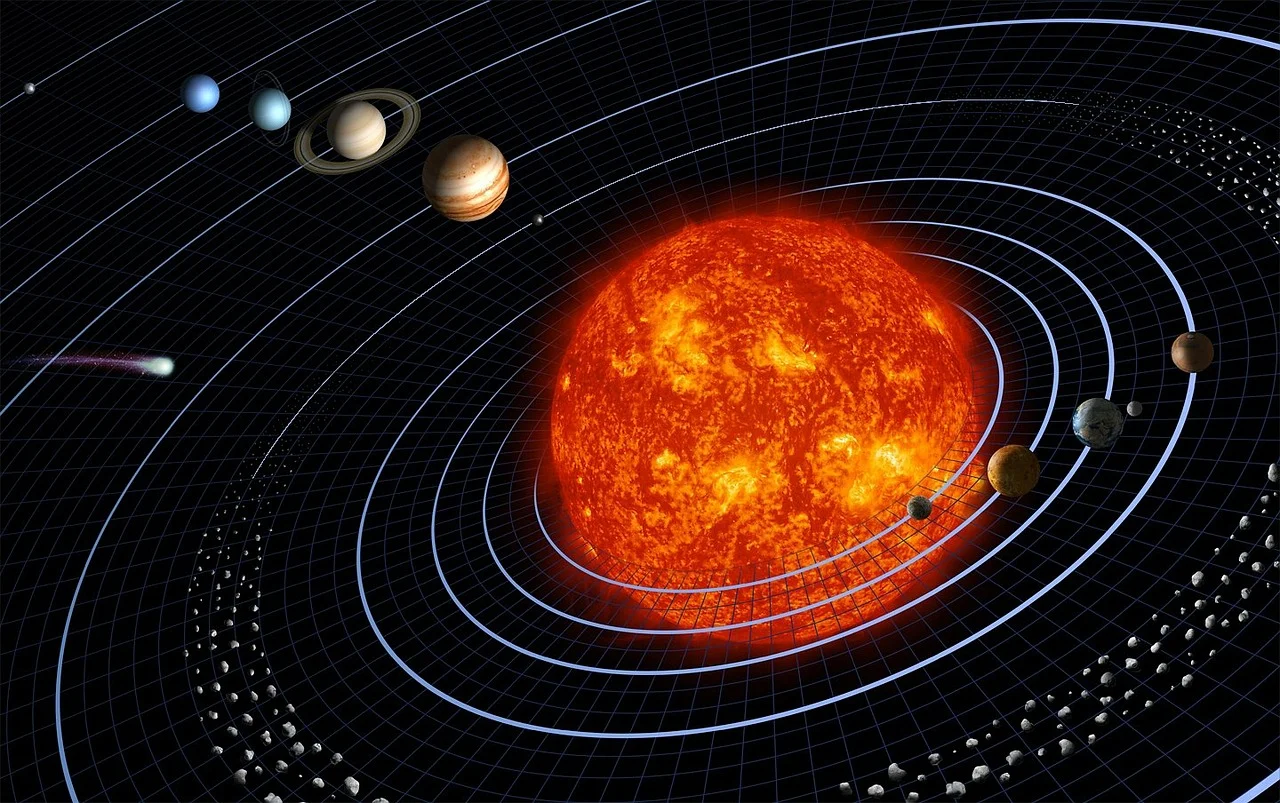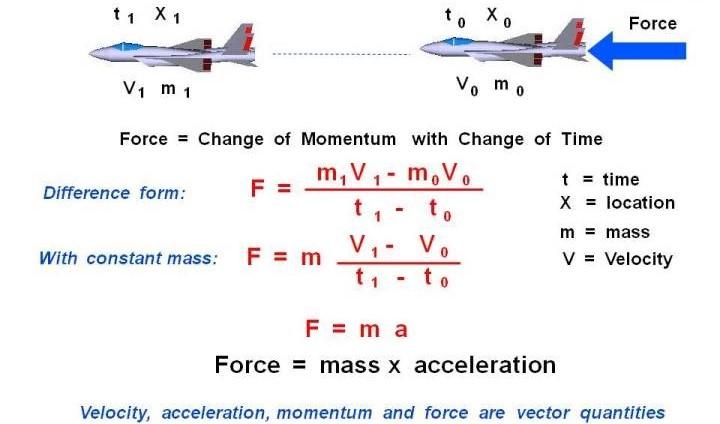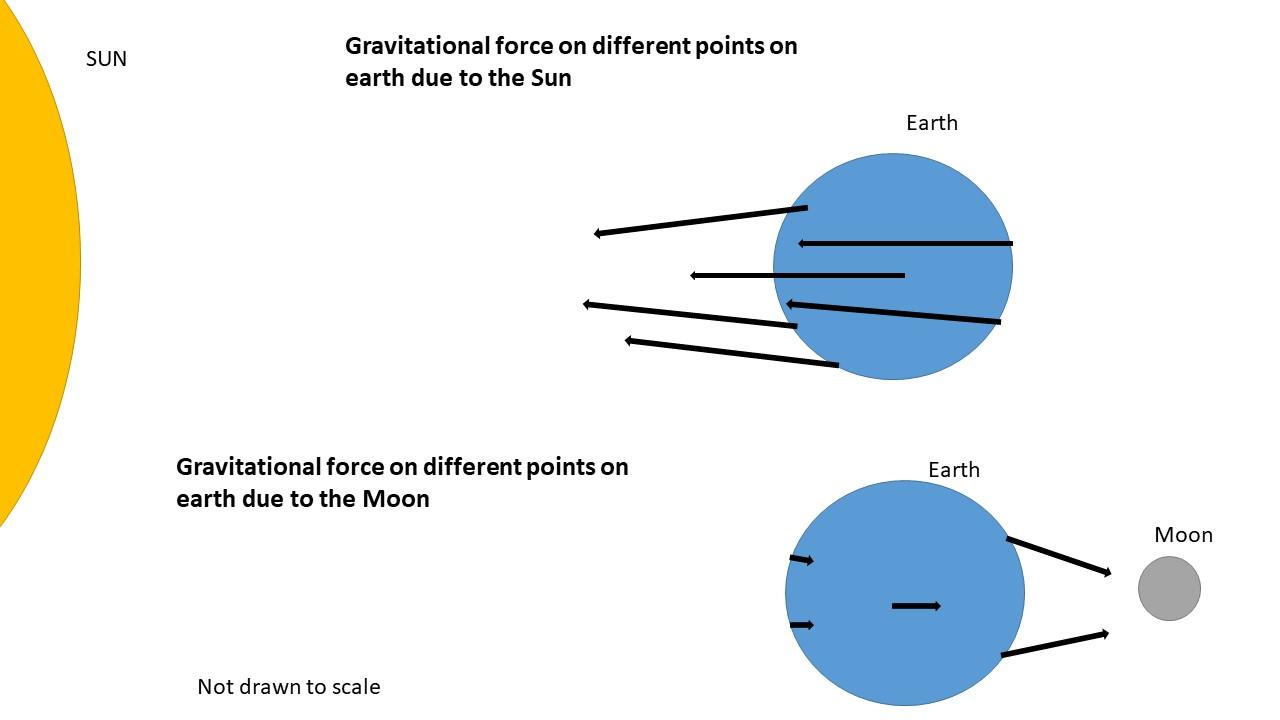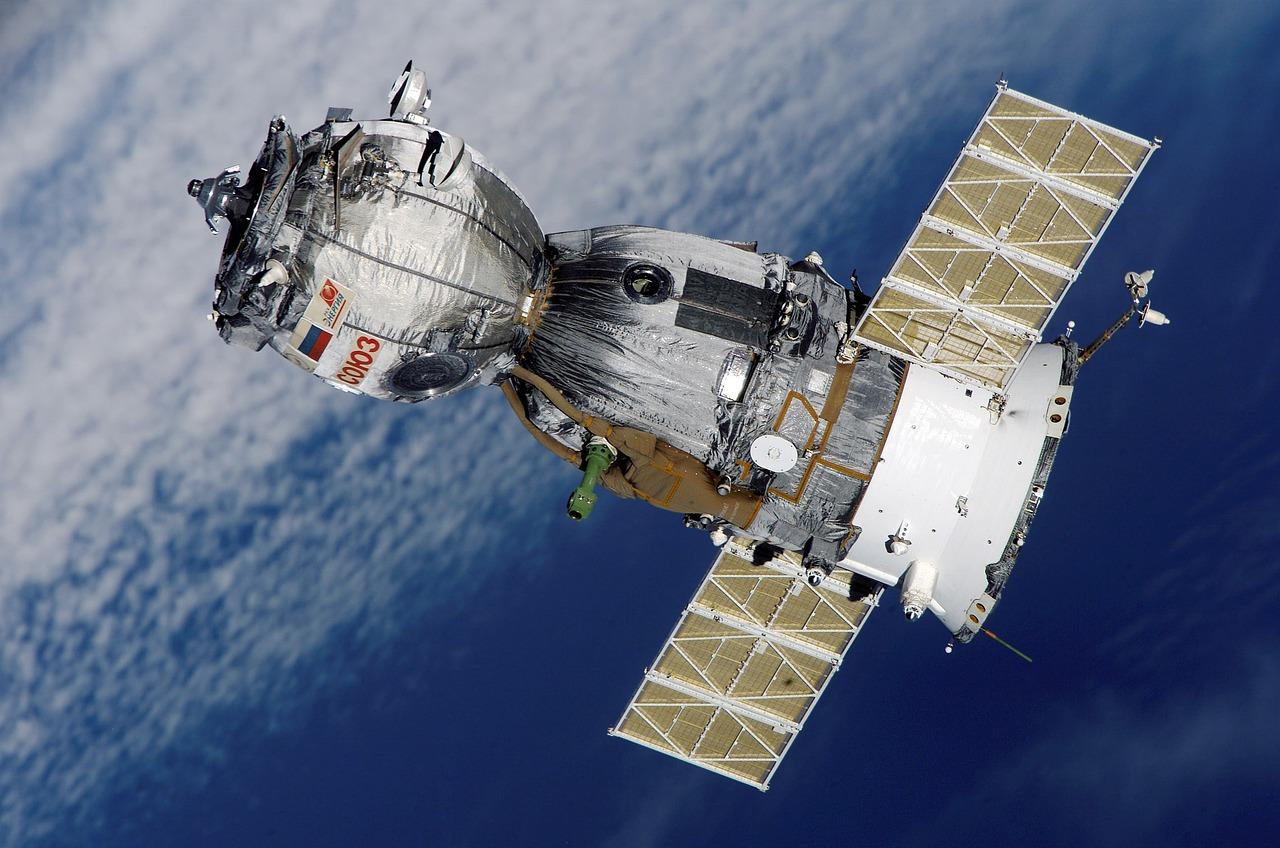
The universe is a sprawling space where stars, planets, and moons follow specific paths. And the unseen force that makes this happen, gravity, has been a hot topic amongst scientists for years. But what is the secret behind how gravity keeps these celestial bodies in their orbits? Join us as we take an adventure to learn more about this fascinating subject.
The Basics of Gravitational Forces

Gravity is the invisible hand that pulls two masses toward one another - It's predominantly why we stay anchored to Earth and why Earth orbits the Sun. The gravitational pull of an object increases with its mass. However, distance also plays a pivotal role in this interaction as well. The greater the distance between two objects, the weaker the gravitational pull they tend to exert on each other.
Mass Matters: The force of gravity an object has is closely tied to its size. For example, the Sun's enormous size results in its strong gravitational influence, enough to hold Earth and other planets in place as they orbit. The size of stars and planets also plays a role in how steady their orbits are. Generally, more oversized celestial objects have more stable orbits - thanks to their greater gravitational pull.
Distance Factor: The strength of gravity diminishes as you move farther from the object. This is why astronauts feel lighter in space and far away from the Earth's surface. Similarly, Pluto's elongated orbit results from its greater distance from the Sun. This also means that celestial bodies farther away are more susceptible to gravitational disruptions from other objects.
Universal Law: In Newton's principle of gravity, all objects with mass exert a pulling force on each other. The size of the objects determines the force's intensity and decreases as the distance between them grows. This fundamental concept plays a crucial role in physics, affecting everything from the way planets move to how things fall to the ground back on Earth.

The Mechanics of Orbits
Planets and moons don't just float around randomly; they have set paths called orbits. These orbits are usually not perfect but more like stretched circles or ellipses. Also, a planet's speed in its orbit can change depending on how close or far it is from the object it's going around.
Elliptical Paths: Orbits are usually elliptical due to the varying strength of gravitational pull at different distances from the object being orbited. The degree of this ellipticity can differ among celestial bodies, affecting how they move within their orbits.
Variable Speeds: The speed of a planet in its orbit changes depending on its proximity to the object it orbits. The principle of conservation of angular momentum governs this. Essentially, a planet will speed up as it nears the object it orbits and slows down as it moves away.
Conservation of Angular Momentum: This principle is critical to understanding why planets have variable speeds in their orbits. It's a fundamental concept in physics that also explains why a twirling ice skater spins faster when her arms are close to her body. In celestial terms, this principle helps us understand complex movements like the rotations of galaxies.
Gravity's Role in Orbits
So, what part does gravity play in all this? But gravity is the glue that holds celestial bodies in their orbits!
Keeping Planets in Check: Without gravity, planets would shoot off in straight lines into the abyss of space. It's also why artificial objects like satellites need meticulous calculations to stay in orbit.
Tidal Forces: Earth's tides are influenced by the Moon's gravitational pull. When the Moon is nearer to Earth, its gravitational force is more vital, resulting in higher tides. Over time, this interaction has slowly pushed the Moon away from Earth.
Stellar and Galactic Behavior: Gravity is also instrumental in the formation and dynamics of stars and galaxies. It pulls clouds of gas and dust together to form stars and binds galaxies together. Moreover, grasping gravity's role at this scale is vital for understanding theories about the universe's formation and ongoing evolution.

Why is Understanding Gravity and Orbits So Important for Scientists?
Figuring out the ins and outs of gravity and orbits is incredibly important for scientists as it has real-world impacts that can change our daily lives and even shape what's coming. Let's explore these factors in more detail below.
Space Ventures: Understanding gravity's workings is essential for launching astronauts and equipment into the cosmos. For example, "gravity assists" often help spacecraft gain speed by leveraging a planet's gravitational pull, allowing them to travel further while using less fuel.
Satellite Uses: Our daily life leans heavily on satellite technology to find directions and check the weather. For this reason, keeping these satellites in the right orbit is crucial and relies on how well we understand gravity. Unfortunately, even a small mistake could send a satellite off track, causing signal issues and possibly even dangerous collisions.
Climate Insight: Surprisingly, gravity also plays a part in our understanding of the climate. Specialized satellites can gauge Earth's gravitational effects on ocean currents and melting polar ice, offering crucial data to combat climate change.
Green Energy: Gravity also has a role in sustainable energy options. For instance, the gravitational pull from the Moon can influence tides, which can then be harnessed to produce electricity. The hope is that the more we understand this, the more efficient our energy solutions can grow to be in the future.
Cosmic Hum: New findings show that low-frequency gravitational waves echo throughout the universe, mainly from supermassive black holes. These waves can alter space-time and deepen our understanding of gravity and orbits.
Medical Advances: On a smaller scale, the study of gravity can also impact medical research. In labs worldwide, scientists examine how cells and fluids behave in environments with little to no gravity - like space. This research can potentially lead to new and effective medications and treatments.
Conclusion
In conclusion, gravity is a fundamental force that shapes our daily lives and the universe. First and foremost, it's why planets stay in their orbits and why we experience tides on Earth. Moreover, understanding this force is crucial for everything from space exploration to climate studies and medical research. Whether navigating with a GPS or looking at the night sky, gravity is instrumental in all of it. It's a subject with real-world implications today and promises to be central to technological advancements in the future.



You are the best,, coz you have gotten content about the topics
Hello ! Glad to hear that you’ve found the content useful!